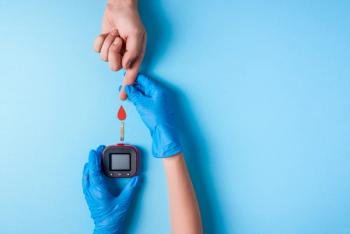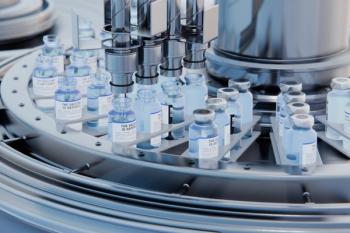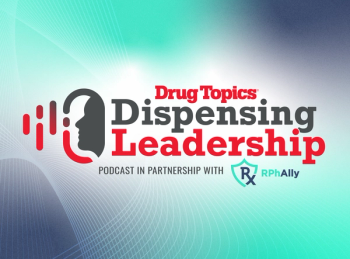
Pharmacist-Led Intervention for Blood Pressure Control Could Help Patients, Economy
A study found that a pharmacist-prescribing intervention for high blood pressure could save the health care system $1.137 trillion over a 30-year period.
Expanding the role pharmacists play in prescribing medications to control blood pressure could help improve hypertension outcomes and save the health care system money, according to data published in JAMA Network Open.1
There are more than 100 million cases of high blood pressure in the United States, which is the leading preventable cause of death throughout the world. Prior research has shown that pharmacist-led interventions can help manage high blood pressure, but there has been a lack of data on the cost-effectiveness of such programs.
Investigators from Virginia Commonwealth University conducted a study to determine the cost-effectiveness of implementing a pharmacist-prescribing intervention to improve blood pressure control in the United States.
“Being that hypertension affects so many Americans—we’re talking about over 100 million people in the US—I think the impact is tremendous because everybody knows somebody with high blood pressure,” Dave Dixon, lead author on the study, said in a release.2 “It’s one of the leading causes of heart disease and kidney failure in the world.”
For the study, researchers created a pharmacoeconomic model to assess the potential impact of pharmacist prescribing for high blood pressure compared to usual care on long-term costs and health outcomes. The study cohort’s assumed demographics were a mean age of 64, of which 49% were male, and a mean baseline blood pressure of 150/84. Data were analyzed from January 2023 to June 2023.
Main outcomes for the study included cardiovascular events, end-stage kidney disease events, life years, quality-adjusted life years, lifetime costs and lifetime incremental cost-effectiveness ratio.
Investigators found there were 2100 fewer cases of cardiovascular disease and 8 fewer cases of kidney disease per 10000 patients due to a pharmacist-prescribing intervention over a 30-year time period. The intervention was also associated with 0.34 additional life years and 0.62 additional quality-adjusted life years.
In terms of cost savings, the intervention saved $10162 per person, even when visit costs and medications were considered. Additionally, 50% intervention uptake at the population level was associated with $1.137 trillion in cost savings.
“Pharmacists’ role as health care providers tends to be underused in the community, and this is really about how pharmacists can provide for their communities in a way that improves access to care for hypertension,” said Dixon.2 “Although pharmacists currently have some type of prescribing privileges in 49 states and Washington, DC, they are not recognized as providers under the Social Security Act. This is one of the major barriers to implementing these life-saving—and cost-saving—measures for patients.”
Reference
1. Dixon DL, Johnston K, Patterson J, Marra CA, Tsuyuki RT. Cost-Effectiveness of Pharmacist Prescribing for Managing Hypertension in the United States. JAMA Netw Open. 2023;6(11):e2341408. doi:10.1001/jamanetworkopen.2023.41408
2. Expanding pharmacists’ role for patients with hypertension could prevent 15 million heart attacks and save $1.1 trillion over 30 years, VCU-led study finds. News Release. VCU. November 3, 2023. Accessed November 8, 2023.
Newsletter
Pharmacy practice is always changing. Stay ahead of the curve with the Drug Topics newsletter and get the latest drug information, industry trends, and patient care tips.




































































































































